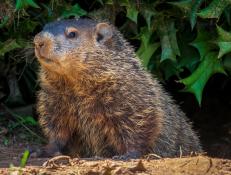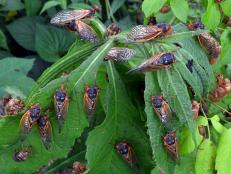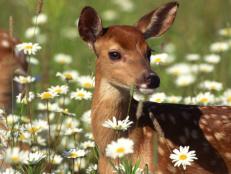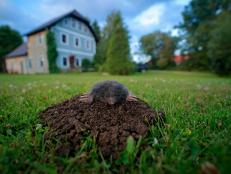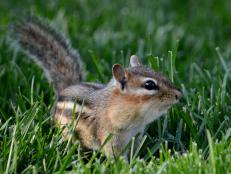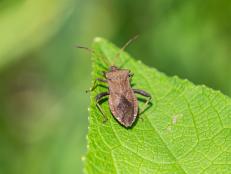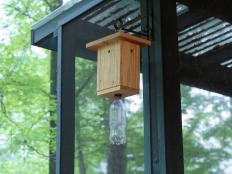How to Keep Yellow Jackets Away
How to avoid this wasp in bee’s clothing.
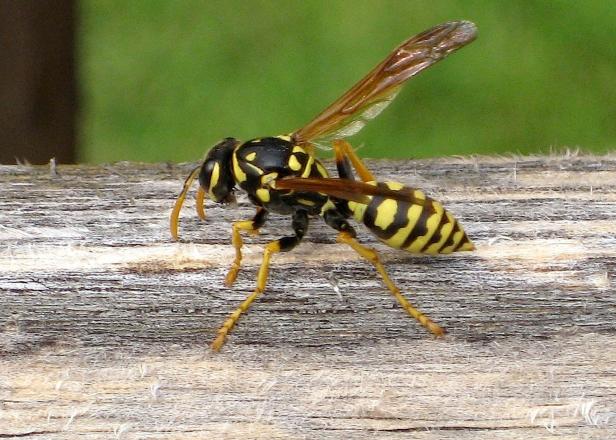
Mick Telkamp

Often mistaken for honeybees due to their similar size and coloring, yellow jackets aren’t bees at all. Members of the wasp family, there are several varieties of this summer scourge found throughout the United States. Yellow jackets do have some value to gardeners as pollinators and as a predator of leaf munching caterpillars and other plant-damaging insects. But an appetite that includes scavenging for protein or sugar-rich foods like soda, candy, meats and other picnic or campsite favorites make this aggressive stinger more pest than pal.
In addition to appearance, yellow jackets have something else in common with the more docile honeybee. Yellow jackets are social insects whose colonies revolve around a queen and operate under a division of labor. Male wasps fertilize the queen and female workers defend the colony, gather food and attend to the young. Late in the summer the queen will produce new queens. Only these queens overwinter and each year they emerge to produce new colonies. From a single queen, colonies numbering in the thousands will be established by mid-summer.
Yellow jackets are a common problem in the summertime, scavenging around trash cans, in parks, or anywhere exposed food can be found. Keeping trash cans clean and covering serving dishes when dining outside can reduce their presence. Also avoid wearing brightly colored clothing and floral perfumes, to which yellow jackets are drawn. Lure traps can be set to discourage foragers from visiting, but if there’s food, they are likely to show up. When encountering a yellow jacket, it is important to remain calm.
Unlike honeybees, yellow jackets are able to sting repeatedly and will do so if provoked. Worse yet, when a yellow jacket is squashed, a pheromone that signals other yellow jackets to attack is released. When encountering this pest, keep cool. Move slowly and gently brush away any yellow jacket that might land on you.
If stung by a yellow jacket, wash the sting site immediately and apply ice or take an antihistamine to reduce swelling. Multiple stings or a sting near the throat may require medical attention. Reduce activity and monitor the site for lingering pain or excessive swelling.
Yellow jackets build paper nests in hollow logs, underground or in the attics or walls of man-made structures. If a nest is discovered, often the best treatment is time. Colonies of yellow jackets die off entirely when cold weather hits and rarely return to the same nesting site. If yellow jackets are nesting in the home or in high traffic areas, consider chemical treatment at the nest. Follow manufacturer instructions and proceed with caution. Treatment is most effective after dusk when yellow jackets are least active.







